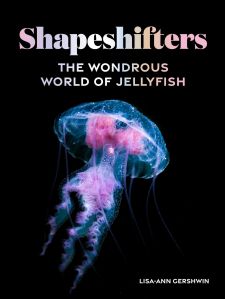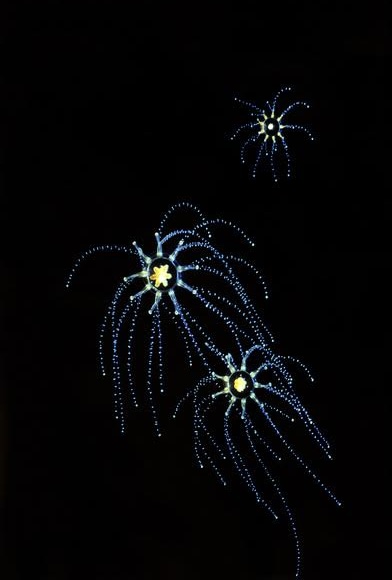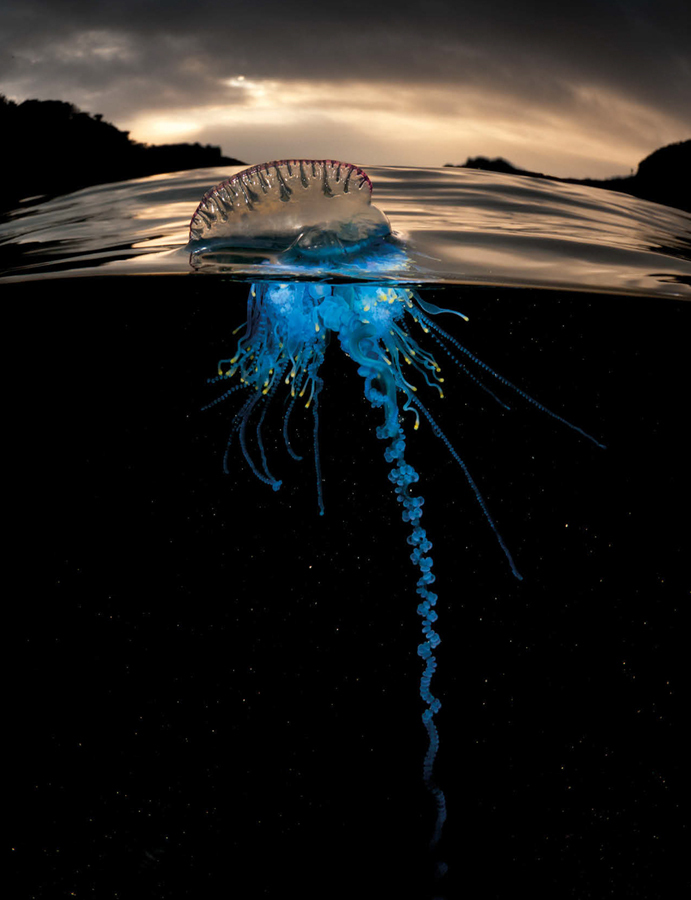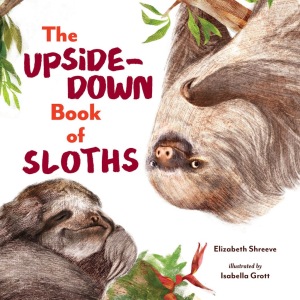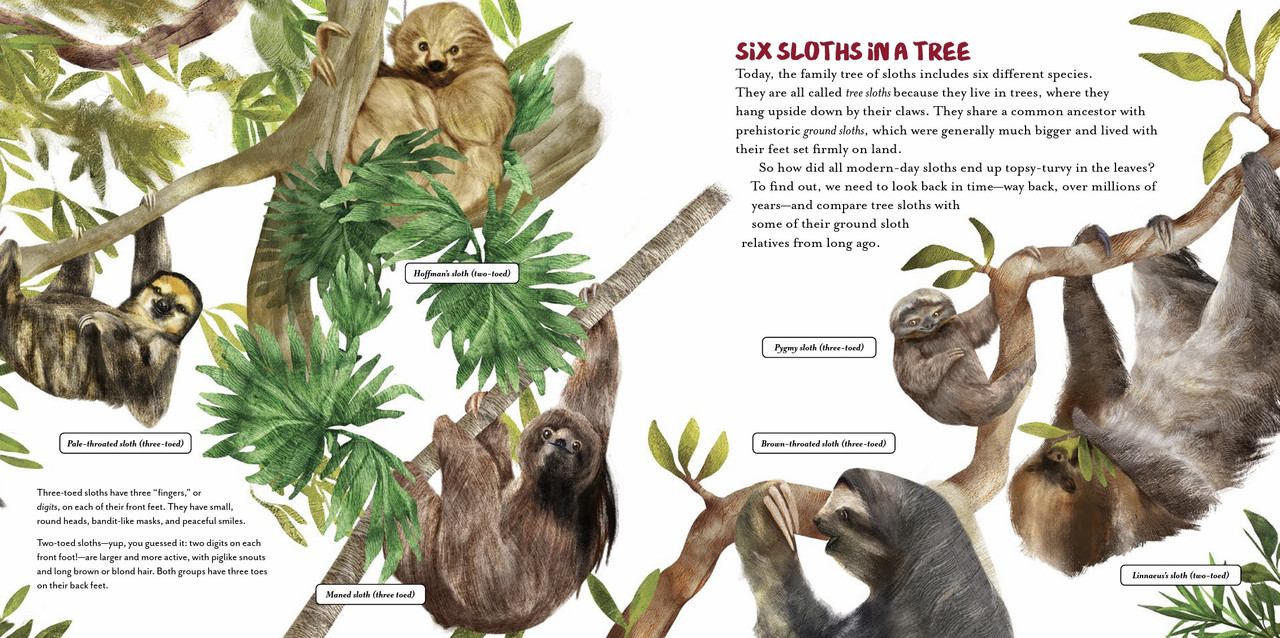Welcome to my stop on the Lost & Found blog tour.
My relationship with my stuff over the years has been complicated, contradictory and, at times, confounding.
I rebelled against my family’s bah humbug spirit by decorating my entire bedroom each Christmas as a teenager. I went through a stage in my 20’s where I attempted to recapture my childhood Disneyana style.
When I’m fidgety, I love nothing more than sorting through and throwing out stuff I don’t need anymore. I don’t plan on stopping adding to my book collection until I’m crushed under its weight. My stuff was in a storage unit for over six months during lockdown and I was surprised by how few items I use on a daily basis.
It’s pretty safe to say this book and I were destined to find one another.
This was a fascinating read, combining memoir and investigation. The author lost almost all of her belongings in a storage unit fire in her 20’s. Just thinking about that makes me want to hug my Nan’s paintings.
This experience has given the author a unique perspective regarding what our stuff means to us and how it changes over time.
Possessions can fix a memory, for good or bad. They make one version of the past permanent, giving it an outsized importance that it hasn’t earned, while other memories fall away.
Each chapter tackles our “thoughts and behaviours around our possessions”, beginning with an item lost in the fire that’s relevant to the lesson. The author explores her own relationship to her possessions as well as sharing what insights fields such as neuroscience, psychology and philosophy have to offer.
Looking at the role social status and nostalgia play in how and why we accumulate stuff, as well as delving into scarcity and hoarding, I don’t think you could read this book without examining your own experiences and maybe taking some action. I was compelled to stop reading mid chapter to tackle some items I’d been meaning to sort through for months and I felt so much better afterwards.
Handy hint: If you want to buy something, holding off for just 72 hours can be enough for you to determine if it’s something you really want or an impulse spend.
We can choose things that please us or help us to feel that yesterday wasn’t so long ago. If chosen smartly, they can please us for a while, but they will never be the centre of our lives.
Thank you so much to Random Things Tours and Aster, an imprint of Octopus Publishing Group, for the opportunity to read this book.
Once Upon a Blurb
An exploration into why we keep holding on to material things and what they mean to us
On New Year’s Eve of 2018, journalist Helen Chandler-Wilde lost everything she owned in a storage unit fire in Croydon, where she’d stowed all her possessions after a big break-up. She was left devastated, and forced to re-evaluate her relationship with owning material things.
A mix of memoir, self-help and journalism, Lost & Found explores the psychological reasons for why we buy and keep the things we do, and explains how we can liberate ourselves from the tyranny of ‘too much’. Helen interviews people from all walks of life, including behavioural psychologists on the science of nostalgia, a nun on what it’s like to own almost nothing and consumer psychologists on why we spend impulsively, to help us better understand why we’re surrounded by clutter and what we can do to change it.
This smart-thinking book explains the sociological quirks of human nature and the fascinating science behind why we buy and hold onto things. By the end of it, your relationship with your belongings will be changed forever.


